How To Move Indoor Plants Outside In The Summer (And Not Kill Them)
by William Murphy
Some people think of house plants as being all indoor all the time, but there are some types of house plant that, while they CAN stay indoors all the time, wouldn’t mind getting out for some fresh spring and summer air, just like you and me.
Who am I, you ask? Why, I’m the one and only BeachBabyBob gardening enthusiast and world traveler. I also have a youtube channel with kids’ stories, called …. story time for kids.
Usually you can find me in the garden. Here’s me working on a small maze for a friend who wanted one for her huge backyard. “Huge maze, you say?” I said, “I’ve got this!” This was in July, a few years back. I would place some of my house plants in the maze too.
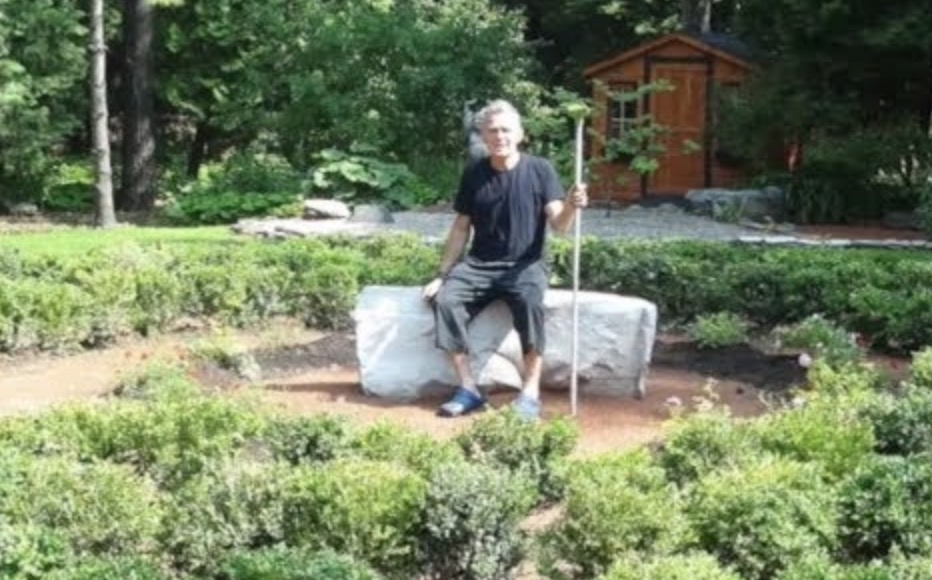
This article basically talks about how to move your indoor house plants outside come the warm weather and not hurt them, and then bring them back inside when the time is right.
Use this table of contents for your convenience!
Table of contents:
- Moving your house plants outside – getting started
- Is it too cold to put my house plants outside?
- Preparing plants for their new summer home
- House plants – watering requirements
- Home made rain barrel – how to (Video)
- Why you should use a DIY backyard composter
- Where to put in your backyard composter
- Why you should use a green bin
- Using recycling materials for organic compost
- Bringing your house plants back inside
- Why you should pot with clay pots
- Fall and winter checklist for house plants
- BONUS: BeachBabyBob’s Backyard Garden
Alright, spring’s coming, better get to it!
Moving Your House Plants Outside – Getting Started
Of course, when it comes to moving house plants outside, it all depends what house plants you have, and where you live.
Me, I live near Toronto, so we get some crazy winter conditions (such as the current blizzard we’re experiencing), but once the spring comes, the snow melts and the fresh air wafts in.
House plants that have been inside all winter react to the new season as well, with their leaves perking up, and subtle (or even drastic) changes in hue of leaves, blooms, and so forth.
This article is for all of those plants that could stay in, but ought to be taken out, in my opinion. For instance, here are a few houseplants I like to move outside once the weather gets warm.
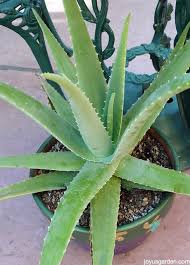
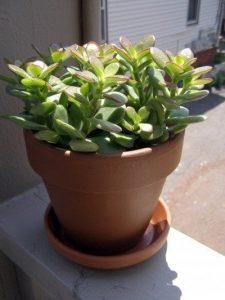
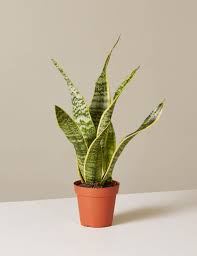
As I was saying, we all like to go somewhere warm for a vacation and house plants do also. But, they must be prepared to go out, just like us, otherwise problems are more likely to happen.
Here are a few things to consider, before you decide to move your plants from their warm, cozy location in the living room next to the hot air register, to the garden outside, or maybe next to the pond.
Is it too cold to put my house plants outside?
Let’s suppose you live in Toronto, Ontario, Canada where winter ends on March 21, and spring arrives on time with slightly warmer temperatures. This is not the time to start the house plant vacation.
Spring time in southern Ontario, Canada is a time when temperatures, day or night, are very unpredictable. A frost could happen at any moment, even though the daytime temperatures and sunshine, could feel like the tropics.
A day in late march in Canada can easily look like this, I’m afraid.
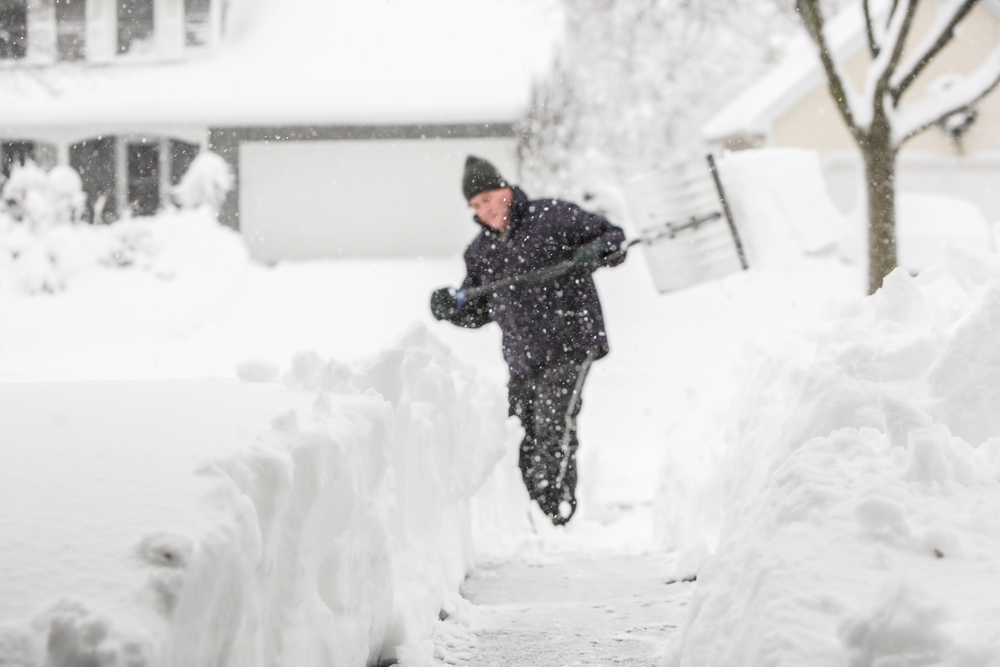
You should probably follow the weather man’s predictions very closely, and also wait until near the end of May, to be sure that no frosts are even remotely going to cool down your backyard.
The first day of summer for this part of Canada is June 21. To be really safe, you might wait until then.
Preparing plants for their new summer home
Acclimatization is preparing your plant organisms gradually for their new living environment. Begin by taking the hardiest of your house plants out into a very comfortable, probably shady location in your yard, like under a maple tree. Leave the plant outside in that location for a few hours and then return it to its inside location.
Remember! The hardiest house plants go outside first like the aloe vera, the jade plant, and the snake plant. All three of these plants need little light and very little water while inside or outside, and they will still thrive.

Once you move these very hardy plants out, and back inside for a couple of weeks, you can leave them outside for the remainder of the the summer, and the beginning part of the fall season. Bring them back inside well before the frost and winter season.
We will talk about their journey back to their inside winter home a little later. You still have all those fragile house plants to get into the backyard.
You must leave the very fragile house plants like the hibiscus, until you are absolutely positive the temperatures in your yard are going to remain at a constant tropical level.
House plants – Watering Requirements
Of course, each plant has preferential environmental conditions, whether it lives outside or inside.
They all have unique needs, so it would be beneficial to research each plant, learning about what they like to eat i.e. nitrogen and carbon, and whether they need lots of sun, or do they prefer shade.
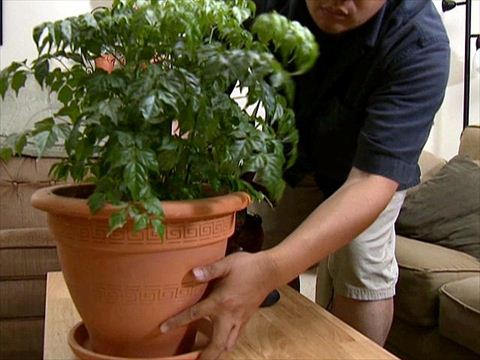
Make sure you place them in your yard, so that they’re happy. You will be able to tell if they are happy by paying close attention to how they are growing while outside.
If they don’t like the location you chose for them, or if they aren’t happy with their neighbours, move them.
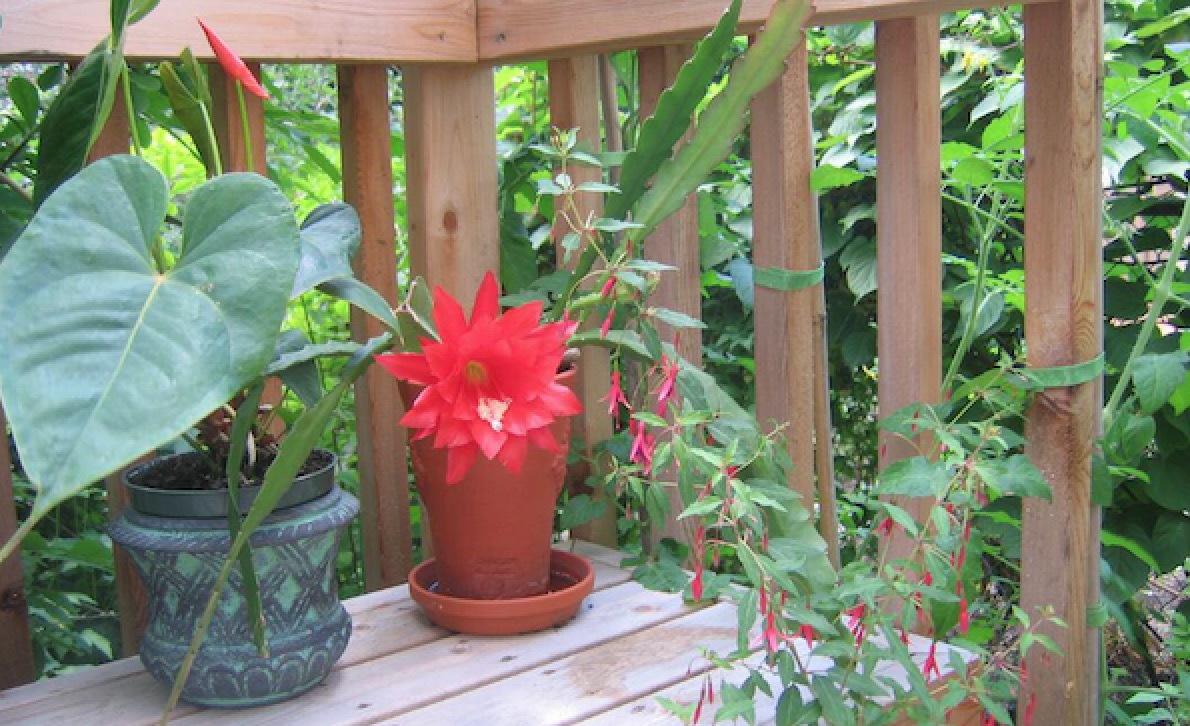
It won’t be necessary to water them too much, because the rain will look after that, but maybe once a week in the very hot and dry part of the summer, you could give them a “good” drink.
Homemade Rain Barrel How To (Video)
It is always smart to keep your plants living an organic life as much as possible. A rain barrel is a great way to feed them fresh water.
Here’s a great video for the basic set up for an off grid rain barrel system, by Homesteading Ways.
Lots of great tips in that video, I recommend sharing that with a friend!
Why You Should Use A DIY Backyard Composter
A backyard compost is a good idea so that your outdoor and indoor plants can eat as healthy as possible. You won’t need any of that “man-made” fertilizer.
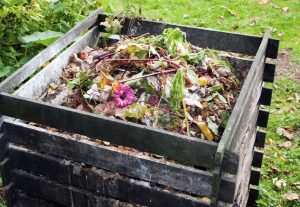
Whether you make your compost container out of rocks or wood, it might be a great idea to locate it in the corner of your yard.
It isn’t an ugly addition to your backyard because it is mainly organic food scraps from your kitchen, some leaves that you’ve raked up, and soil. There should be no smell, so your neighbours won’t be offended.

We recommend no lid so the air and rain can get at it easier. Also the local skunks, raccoons, and other rodents, can snack easier.
What To Put In Your Backyard Composter
Add both green (nitrogen) and brown (carbon) items. Yes, yellow corn is ok. But give the larger branches from the trees to the recycle truck that should pick up yard waste biweekly.
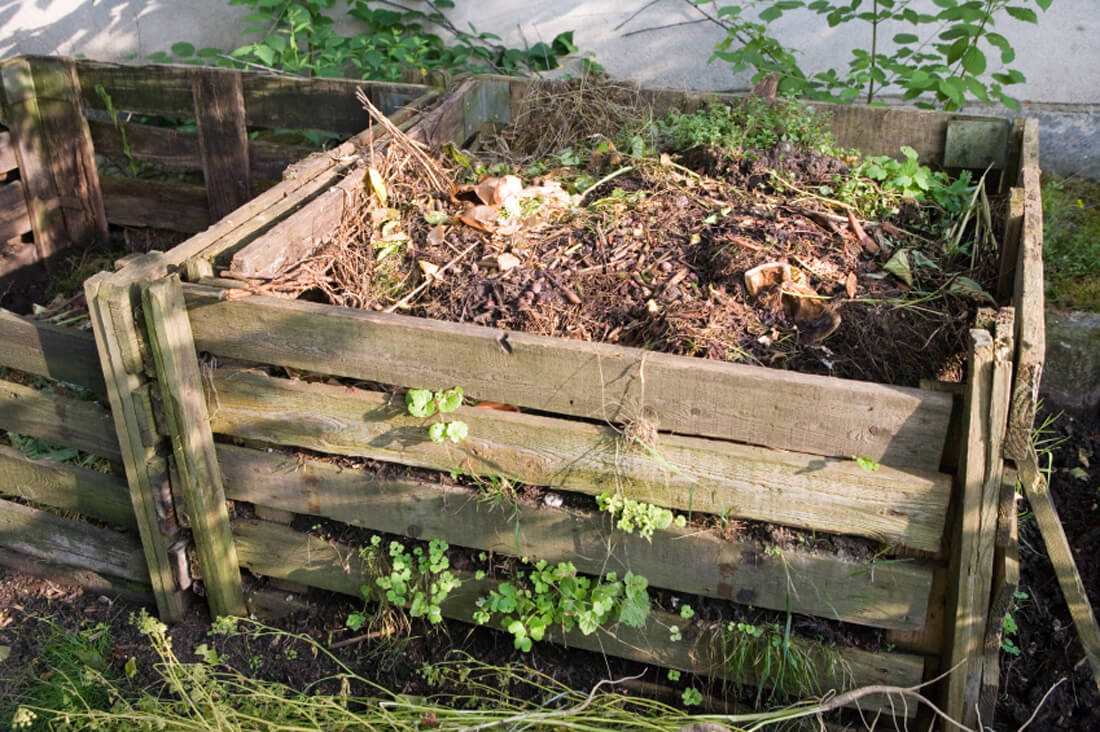
Add soil rich in vitamins and minerals every so often, and keep a shovel handy to mix things up. Don’t feed it to the backyard plants until it has decomposed somewhat.
You don’t want a chunk of yellow corn cob sitting in your hibiscus pot.
Why You Should Use A Green Bin
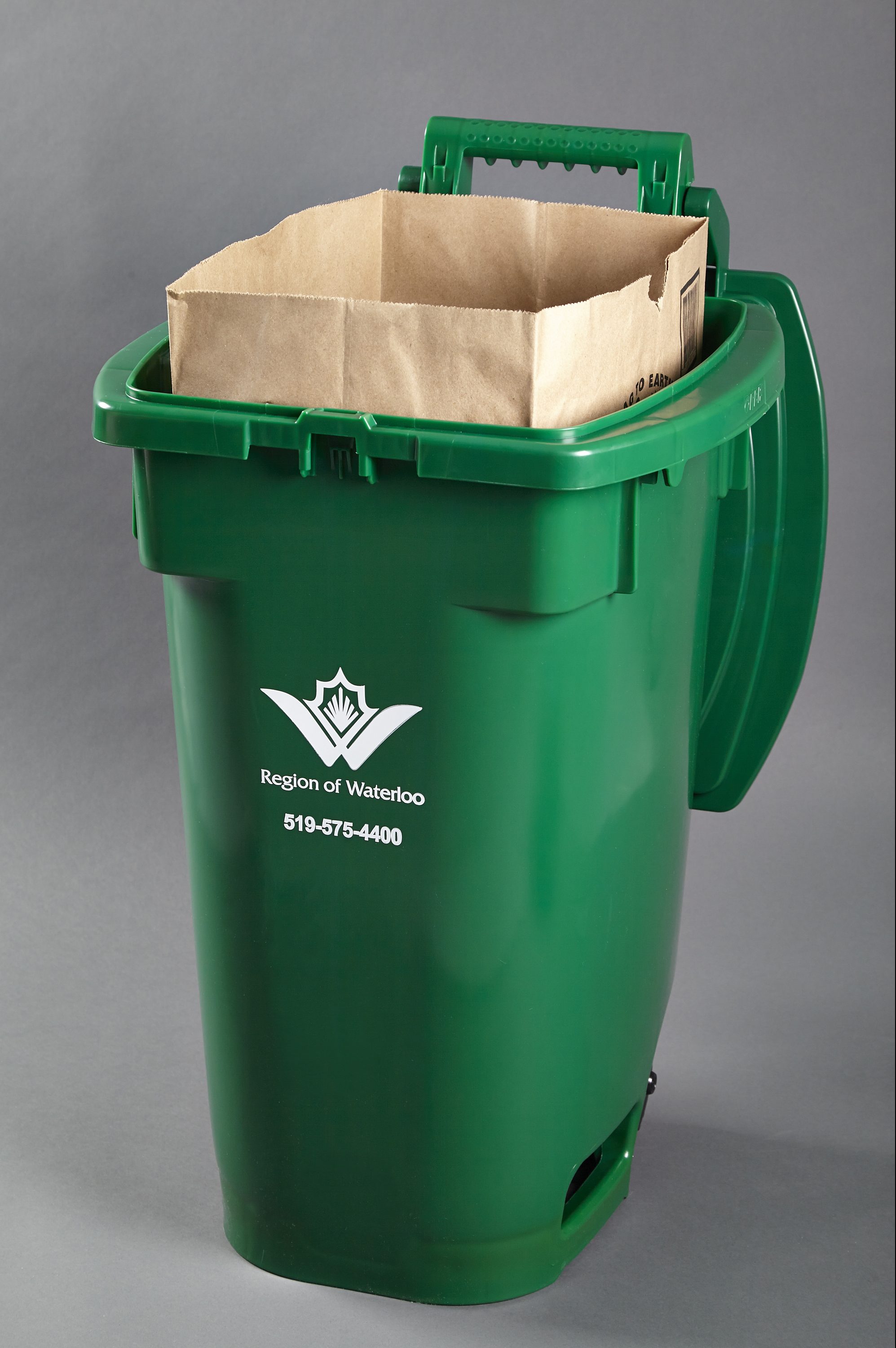
Keep a small green bin on your kitchen counter and add these things to it daily. As it fills, empty the contents in your backyard compost container.
- Vegetable and fruit scraps
- Egg shells and nuts
- Coffee grounds and tea bags
- Bread products
- Manure
This will help you get more rich, nutrient filled compost! Use it liberally!
Using Recycling Materials for Organic Compost
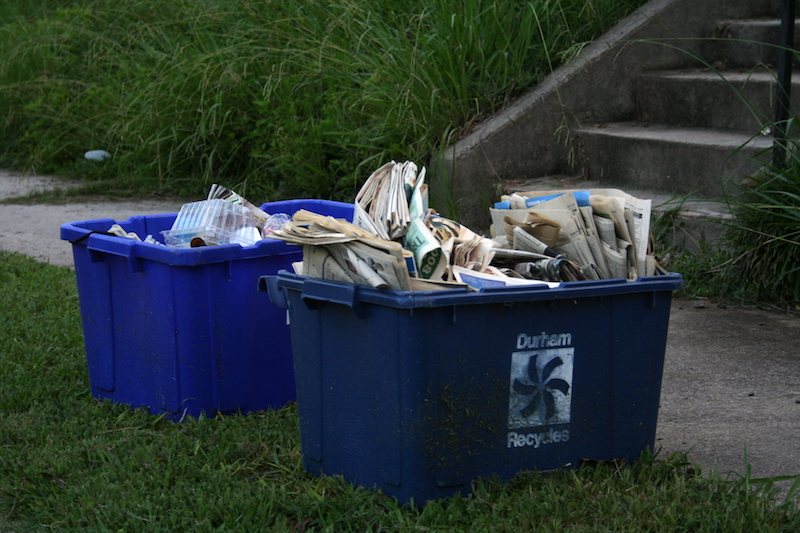
Keep a recycle bin in your garage if you have one and collect …
- Small cardboard
- Leaves, pine cones, needles and small branches
- Paper egg cartons
- Sawdust and hay
- Small pieces of untreated wood
- Tissues and newspaper (shredded)
- Uncoloured junk mail
- Wine corks
Note: All that other stuff like dairy and fats gets recycled and given to your municipality, not your backyard!
Bringing Your House Plants Back Inside
In Southern Ontario Canada near Toronto, zone 5, the cooler temperatures begin to arrive in the neighbourhood around the end of September.
Be kind to your house plants, and get them inside well before the frost. Again, begin with the delicate plants first like the broad leafed tropicals such as the bouganvillea and the hibiscus.
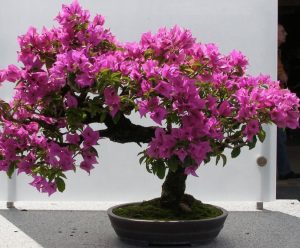
This is the season or time of year to repot the house plants. Set up a system near your compost container, so the work can be done easily.
- Buy good quality potting soil with vermiculite and fertilizer already in the mixture.
- Have small stones, a watering can, and the hose close by. Each plant will need a shower before coming back in the house. Cut off dead growth and look closely for pests.
- Have all the necessary tools and supplies at hand, like scissors, clippers, diggers, garden gloves, new pots and trays.
- A wheel barrel and/ or a small dolly to transport the plants from their home in the yard to the compost station and back to the house makes life easier for you.
- Wear a hat, boots, gloves, and maybe your old clothes. You will get dirty!
Each plants needs to be dismantled and trimmed. Check for bugs and other unwanted creatures that might want to join you in the house. Fresh new soil will make the plants love you all the more! Wash them off and give them a good drink before you place them in a shady spot to dry off.
Here is an example of someone who knows how to “refresh” a jade plant (money plant)!
Once you bring them inside, leave them there. Don’t bring them in and out like you did in June.
Until next year!
Oh! No! One last thing …
Why You Should Pot With Clay Pots
Your pots should be clean from the beginning. Clay is more natural and more conducive to the living plants survival. Even the tray under the pot should be clay.
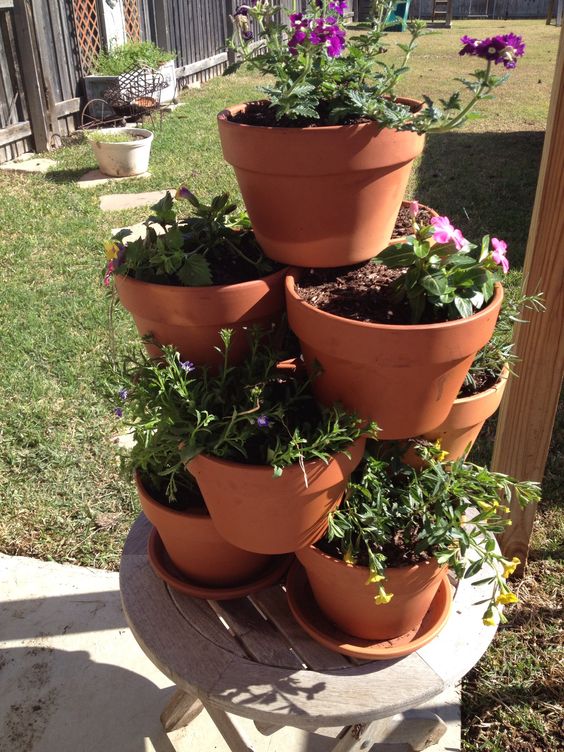
It is really important to not over pot your house plants. They like to feel secure just like humans, but not overcrowded.
This final stage before you bring the house plant back into your home, is the perfect opportunity to go over your check list for a healthy indoor house plant.
Fall and Winter Checklist for House Plants
(a time for a gentle hibernation)
- Location! Location! Location!
- Cut back on watering!
- Mist plants one to three times a day to provide moisture.
- Water with tepid versus cold water.
- Remove dust build-up from stems and leaves with a damp cloth.
- Avoid repotting and fertilizing plants.
- Provide just the right amount of light.
- Move plants away from heat vents and fireplaces.
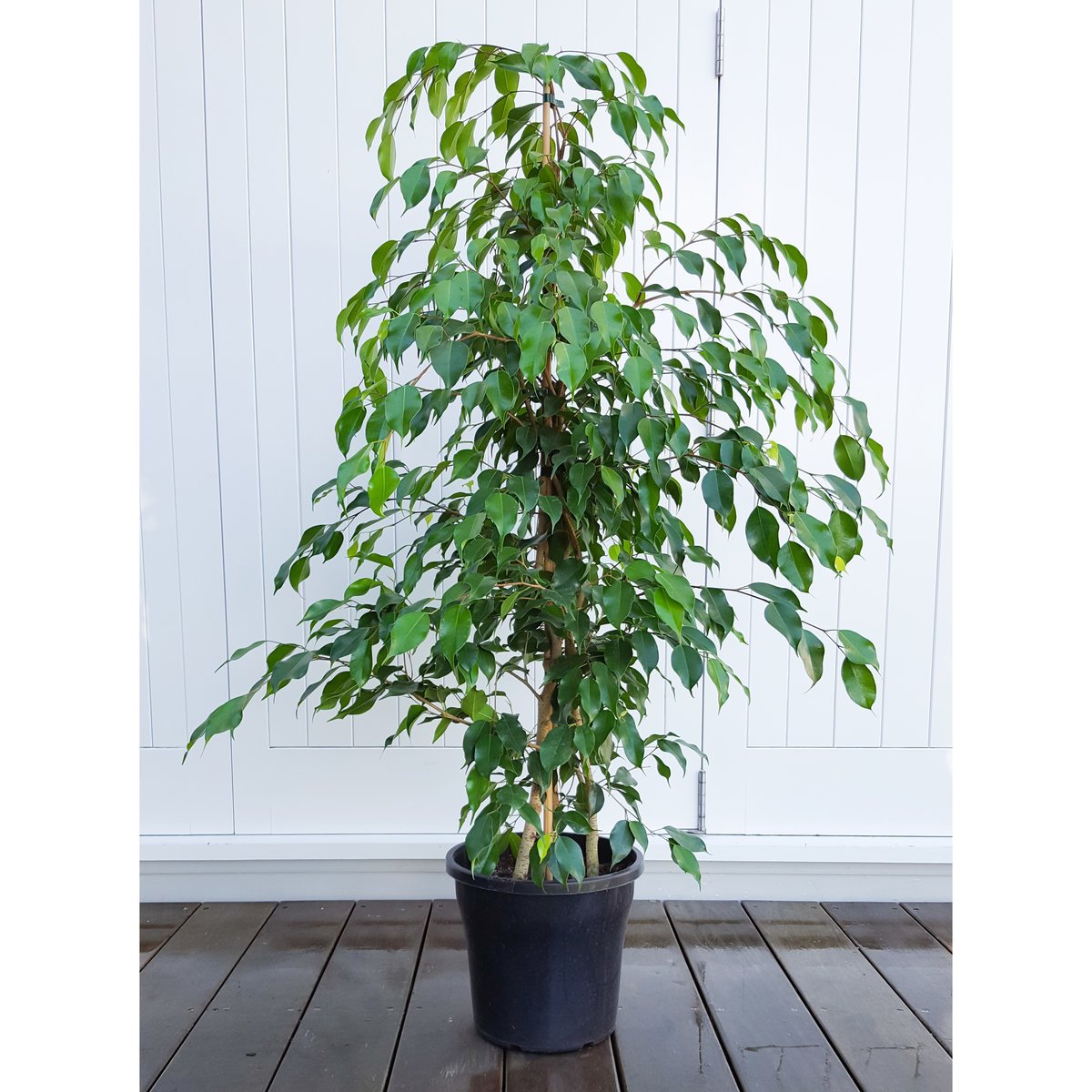
Ficus Benjamin trees (pictured above) like indirect light, moist soil, and to be left in the same location permanently!
BONUS: BeachBabyBob’s Green Thumb
Yes Bob and his wife Sue move all of their house plants outside in the Spring once they are sure there will be no more frost. They integrate them into their perennial rock gardens and there they stay until the Fall.
Here are 3 samples of Bob’s perennial rock gardens.
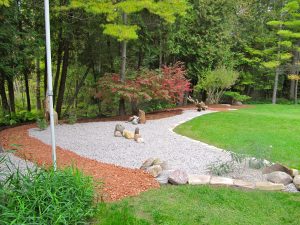
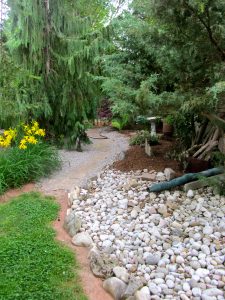
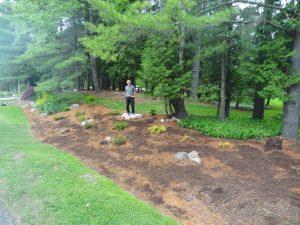
Related posts:
- The History and Evolution of Gardens
- Best Trees for Your Backyard Garden in Southern Ontario, Canada
- The Complete Guide To Succulent Care
- Pothos Plant Care – Your Complete Guide
 |
 |
 |
 |

About William Murphy
William has worked as a general contractor in the city of Fremont, CA for over three decades. During that time, he's written articles about architecture, construction, and environmental protection for various publications. He is an expert on green building and sustainable design. When he's not writing or working, William enjoys spending time with his wife and two children.
Thoughts on "How To Move Indoor Plants Outside In The Summer (And Not Kill Them)"
 |
 |
 |
 |
Backyard Stuff
You can Get FREE Gifts. Receive Free Backyard Items here. Disable Ad Blocker to get them all now!
Once done, hit anything below
 |
 |
 |
 |